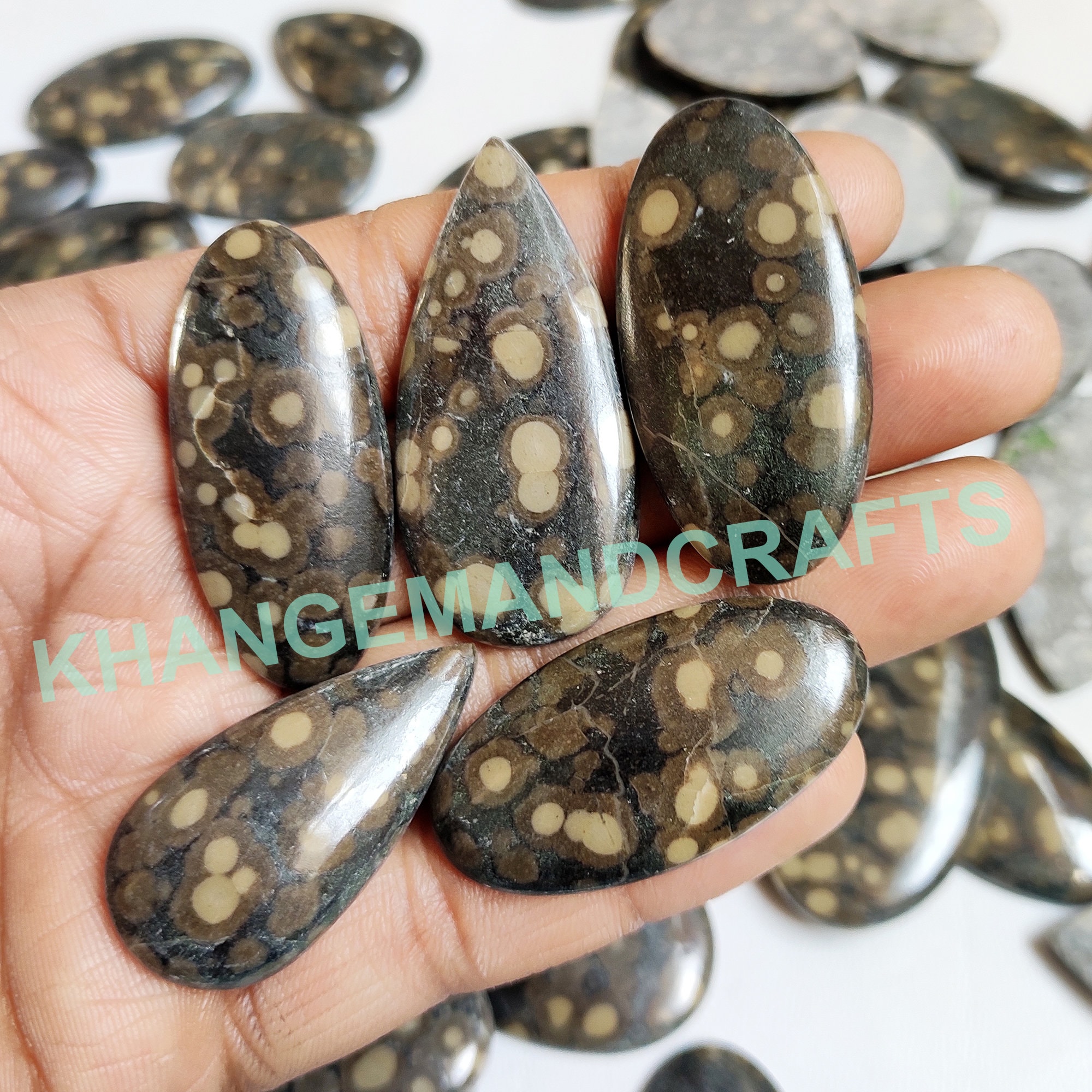

This is why it’s called “live” sand and is transported like corals and fish to keep the microflora alive.

Live sand is actually a kind of coral sand which is directly taken from the ocean, including the organisms that were living in it during that point. Moreover, it decreases the effect of electric water and impacts the durability of your equipment inside. It’s not good for plants, creates a mess and brings on algae bloom. It increases the hardness of water and thus, can only be placed in brackish or saltwater aquariums. It can sometimes be sharp and give out color and is thus not the ideal choice if you keep bottom dwellers.Ĭoral sand has a high amount of calcium in it as it is mostly made of limestone pieces from marine micro-organisms. It improves oxygen circulation, by allowing oxygen through the bed, to maintain the ecosystem inside your fish tank. Below, each one is described briefly with their pros and cons.īuilder sand or river sand is a simple and cheap option collected from shallow points in a river. The most common types of aquarium sand include live sand, builder sand, black quartz sand, pool filter sand, sea sand, play sand, estes marine sand and coral sand. Some types do work for a variety of tanks, and this is what you can get if you keep multiple fish tanks. This detail will usually be mentioned on the product page to make sure that you select only what is right for the tank you keep. Some types of sand are suitable only for saltwater aquariums, and some only for freshwater fish tanks. The application of your product is the first thing to consider.
#BLACK OOLITE SAND HOW TO#
How To Choose The Best Sand For Aquarium 1. After that, we have provided an edit of the best aquarium sand in the market currently. This guide will brief you on all the factors that matter. To select the best aquarium sand for your fish, there are a few factors you need to take into consideration first. So, if you’re now convinced that sand is the substrate for your tank, then the next step is to order some. It’s much more tightly packed than gravel or rocks, so there’s barely any space for waste or bacteria to build up. Additionally, they act as good anchor points for roots of aquatic plants and helps them thrive. It also makes their routine activities like sifting for food and creating pits easier. We always recommend getting a little extra sand to make sure you have enough on hand when you are filling your tank.Sand is one of the most popular types of substrates, especially if you keep fish that like to burrow. Results may vary depending on the aquascaping in your tank, overflow styles, and the specific tank manufacturer. Sand that will be used for filtration or refugium, we suggest using smaller particles that will give bacteria more surface area to grow and thrive on.īRS suggests 1 pound of sand per 2 gallons of display tank volume on average.īelow is a table of common tank sizes and how many pounds of Oolite Sand is required to achieve a certain depth. Will it be for a refugium or deep sandbed? Fish and invertebrates that like to burrow or sift through the sand will do best with smaller particle sizes. Many species do require particular types of sand, like gobies, jawfish, and wrasses. What kind of inhabitants will you be keeping? Smaller particles can be blown around easily. Selecting the right sand: When choosing the right sand for your tank, it is important to keep a few things in mind.Īquariums with high amounts of water movement will require sand with a larger grain size. Contains live bacteria to assist with a faster cycle.Arag-Alive sands clear quickly and contain millions of live bacteria, speeding up your tanks cycle and leading to less nuisance algae. Caribsea’s Arag-Alive! Live Reef Sand is a great choice for new aquarists and new reef tank setups.


 0 kommentar(er)
0 kommentar(er)
